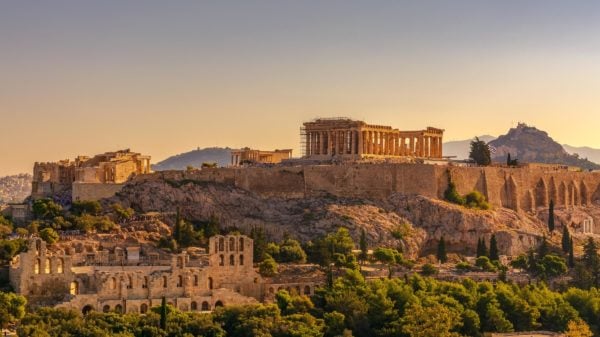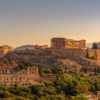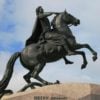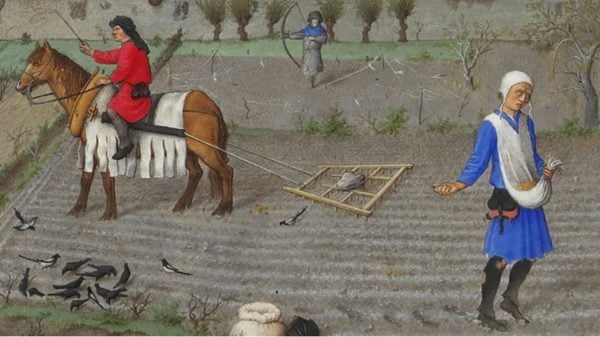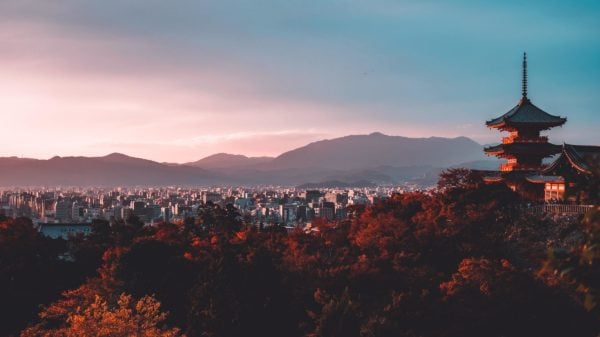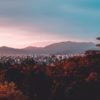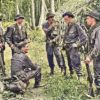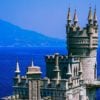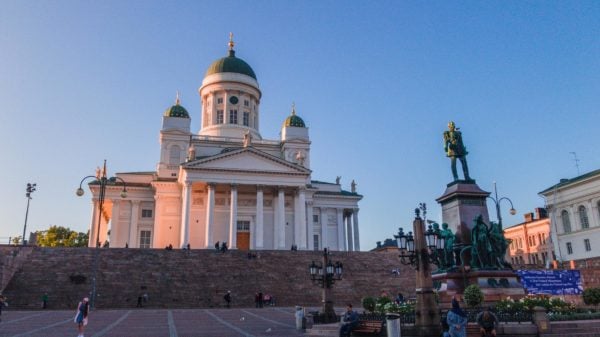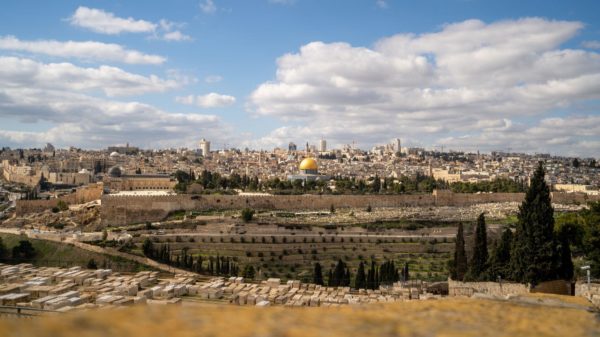The ‘Konfrontasi’ as those in Indonesia called it, was a confrontation between the British Commonwealth forces and Indonesian forces. The dispute was over whether Sabah and Sarawak (two former British colonies) should be part of Malaysia or Indonesia. The Indonesian Confrontation was a three-year conflict on the Malay Peninsula and the Island of Borneo.
The foreign minister of Indonesia used the word confrontation in 1963 for the first time in public. By confrontation, he meant the military, political, and economic policies and pressures almost caused a declaration of war.
When the British granted independence to Malaya in 1957, they divided the island of Borneo between the Indonesian Kalimantan provinces and the small British colonies of Sarawak, North Borneo, and Brunei. The island of Borneo was an area of thick jungles and many mountains.
How The Indonesian Confrontation Started
In early 1960, officials decided that they would give independence to Sarawak, Singapore, and North Borneo too. Tunkul Abdul Rahman, the prime minister of Malaya, proposed that the British colonies become a part of Malaya. This would form the Federated Nation of Malaysia.
The British immediately approved the proposal. The Malayan government was pro-British, unlike the Indonesian government, which had links to communism. On the contrary, President Sukarno, who was the first president of Indonesia after it achieved independence in 1945 from the Netherlands, opposed a Malayan Federation. President Sukarno’s attempted coup in Brunei in December 1962 was unsuccessful. However, it was the beginning of the hostilities between Indonesia and Britain.
Later, Indonesia involved itself in insurgencies across the border to raid and attack police stations, army bases, and small towns in Sarawak and North Borneo. In retaliation, the British and Australian troops carried out ambushes and secret operations, which involved sending a group of small soldiers and troops into the jungles to collect information and intelligence and attack Indonesian insurgents and soldiers.
The ‘Claret’ Operations
These operations were highly sensitive and were codenamed ‘Claret’. They could not be made public knowledge as the countries were not officially at war. The conflict would have turned into a full-fledged war had it become publicly known that the troops of the commonwealth forces were fighting on Indonesian soil. The claret operations were quite effective and kept the number of incursions into Sarawak and Saba low. During the Claret operations, leaders told their patrols to stay out of sight of civilians and never leave any prisoner, whether dead or alive, behind.
End of The Indonesian Confrontation
In March 1966, General Suharto led a successful coup to overthrow President Sukarno. The new president General Suharto accepted that his country would never win the ‘Konfrontasi.’ The Indonesian economy was also suffering heavily; hence the general signed a peace treaty with Malaysia on 11th August 1966.
The number of Indonesian casualties in the ‘confrontation’ was 590. The total number of commonwealth troops who lost their lives was 114, including 23 Australians.



